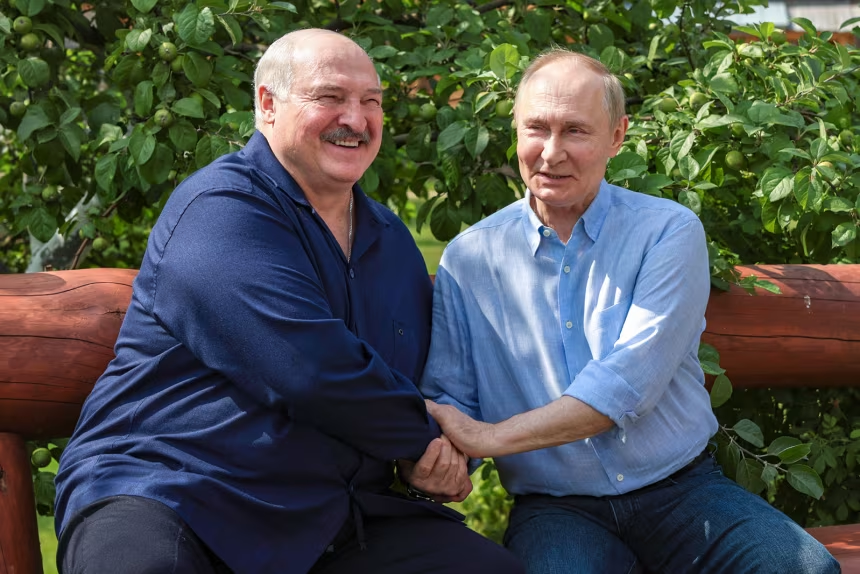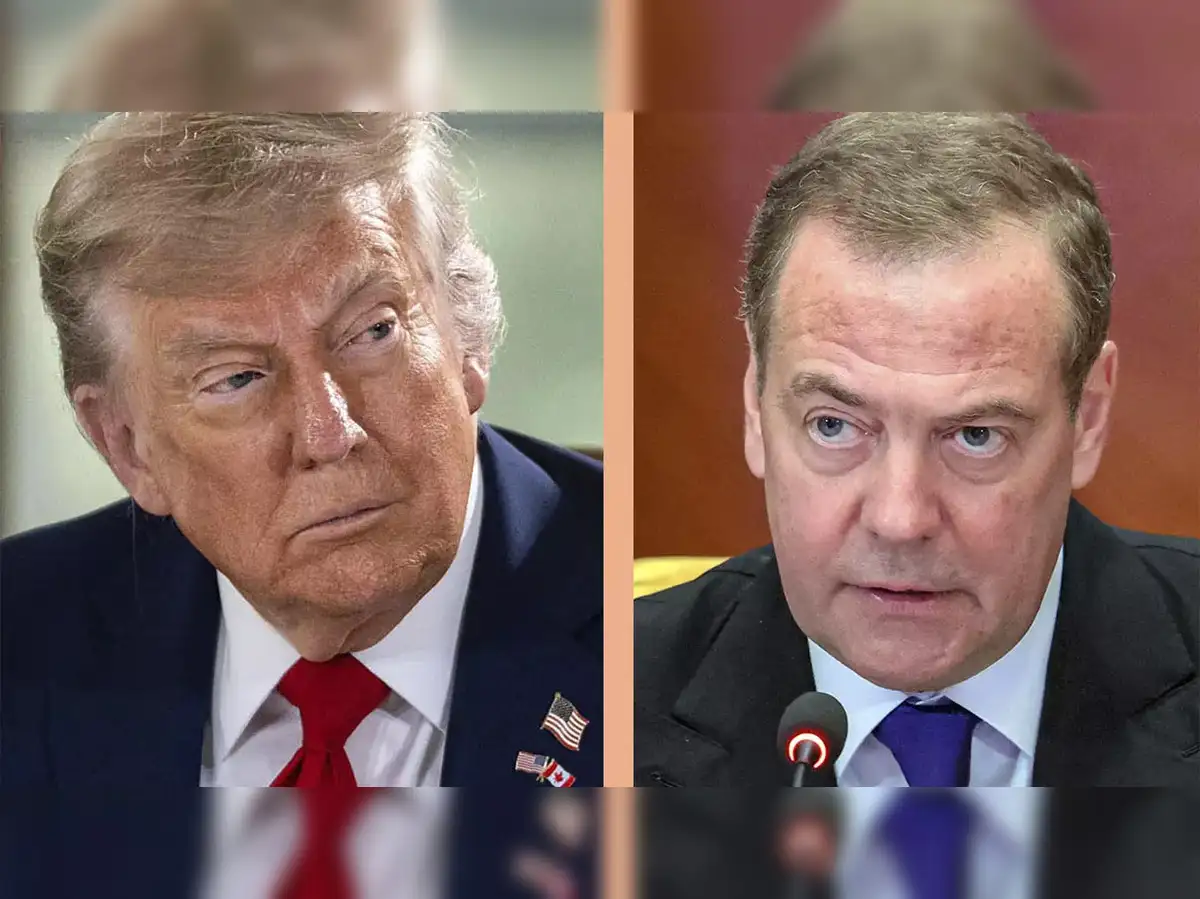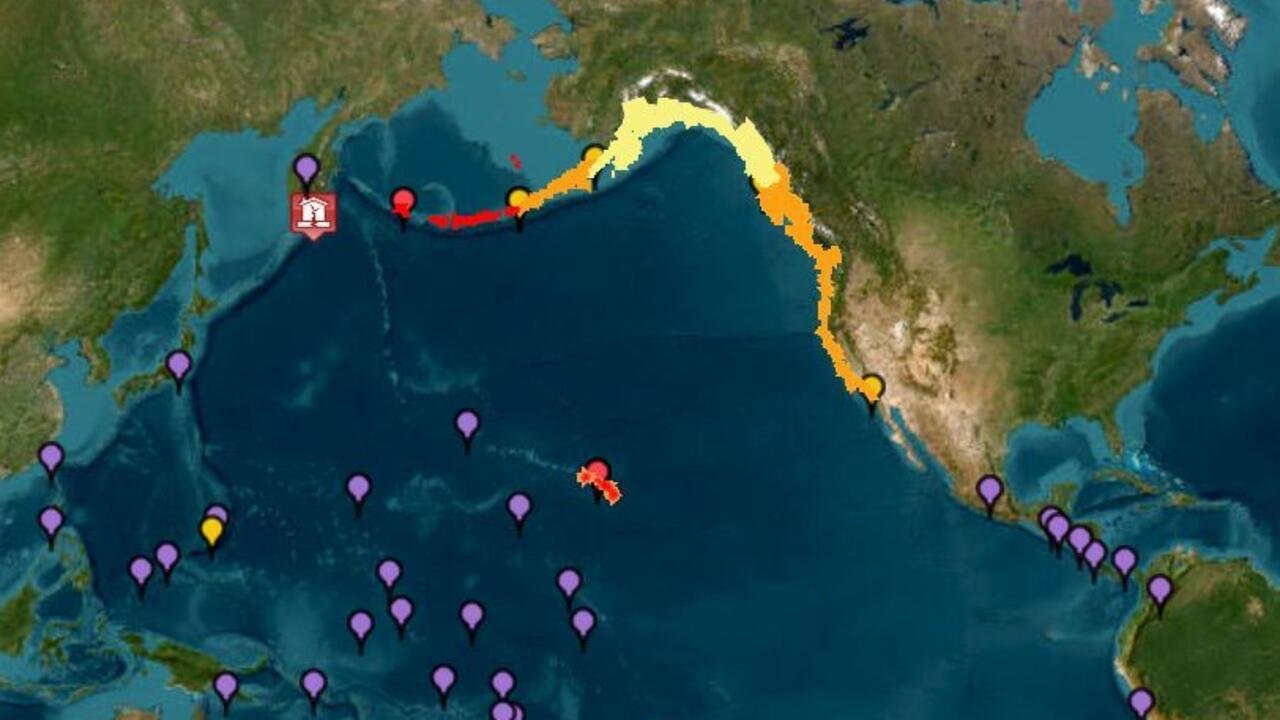President Vladimir Putin announced on Friday that Russia has commenced production of its latest hypersonic missiles and confirmed plans to station them in Belarus by the end of the year. Speaking alongside Belarusian President Alexander Lukashenko on Valaam Island, Putin revealed that the Russian military has already chosen deployment sites in Belarus for the Oreshnik intermediate-range ballistic missile system.
Putin noted that preparations are underway and are expected to conclude before year’s end. He stated that the first batch of Oreshnik missiles and their support systems have been manufactured and are now operational within the Russian military. The Oreshnik missile, first used against a Ukrainian target in November, can reportedly deliver multiple warheads at speeds up to Mach 10, making it nearly impossible to intercept and capable of causing damage on par with nuclear strikes when used in sufficient numbers.
Moscow’s missile forces have affirmed that the Oreshnik can carry both conventional and nuclear warheads and has the range to reach any location in Europe. Intermediate-range missiles like these, previously banned under a Soviet-era arms treaty abandoned in 2019, now form a critical component of Russia’s expanded deterrence strategy. Putin also warned that these weapons could be used against NATO countries supporting Ukraine’s long-range missile strikes inside Russia.
Last autumn, Putin and Lukashenko signed a security pact that placed Belarus under Russia’s nuclear protection, reflecting a revised Russian nuclear doctrine that formally lowers the threshold for nuclear weapon use. This agreement allows Russian nuclear arms to be deployed in Belarus, extending Moscow’s strategic reach and further heightening tensions with Western nations over the Ukraine conflict.
President Lukashenko, a longstanding Kremlin ally, has permitted Russia to station both troops and tactical nuclear weapons within Belarusian territory since 2022. While the precise number of nuclear arms remains undisclosed, Lukashenko claimed in December that several dozen are currently present in the country. The positioning of these weapons on Belarusian soil, which shares an extensive border with Ukraine, provides Russia with enhanced capabilities to target both Ukraine and multiple NATO allies across Eastern and Central Europe.
Under the revised doctrine signed by Putin, Russia asserts the right to use nuclear weapons in response to attacks involving weapons of mass destruction or in cases where Russia or Belarus faces aggression that threatens their sovereignty or territorial integrity, including from conventional forces.

















